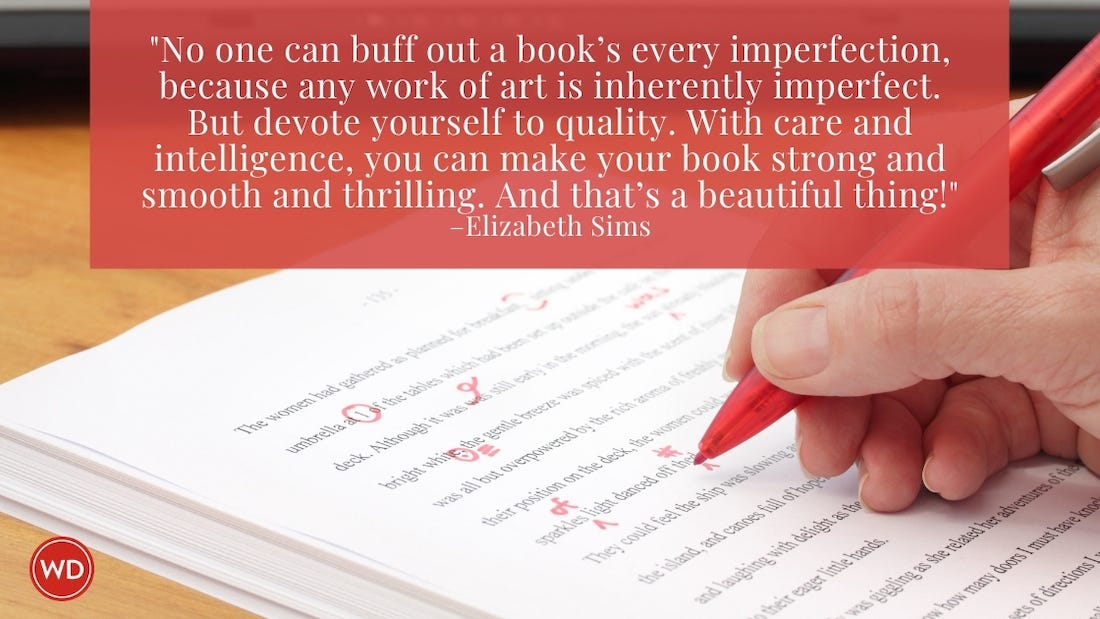Get Through The Pesky Middle
Fundamentals of Fiction Writing Workshop A plot—any plot—breaks down into three basic parts: the beginning, the middle, and the ending. Below is an outline for the middle: Suspense Suspense can be…
A plot—any plot—breaks down into three basic parts: the beginning, the middle, and the ending. Below is an outline for the middle:
Suspense
Suspense can be created by showing the audience something in such a way that they know it will become a major factor later (for example, showing a destroyed spaceship in Alien foreshadows the trouble this crew will face). But don't cheat your reader: Chekhov said that if there's a gun on the wall in the first act, before the play is over it must go off.
Conflict
The establishment of a genuinely felt conflict creates a natural suspense quotient. The higher the stakes concerning this outcome, the more the reader is involved.
Reversal
This is the dramatic turning point. It occurs when the protagonist discovers that the outcome of all his/her plans is not what he/she had expected. It can occur by coincidence, but is better if it occurs by design of other characters, or as the result of something the protagonist did. An example of the latter: Early in the story the hero is a cad and unceremoniously dumps his girlfriend. Later he grows and becomes a nice guy, meets a girl, plans to get married. Right before the wedding, the dumped ex-girlfriend returns to tell the new girlfriend some awful secret about the hero's past, threatening the pending nuptials.
Climax
This is not the end of the story, but rather that point in the story at which the rest of the events become inevitable. Technically, it is the end of the middle.
Scott Francis is a former editor and author of Writer's Digest Books.









